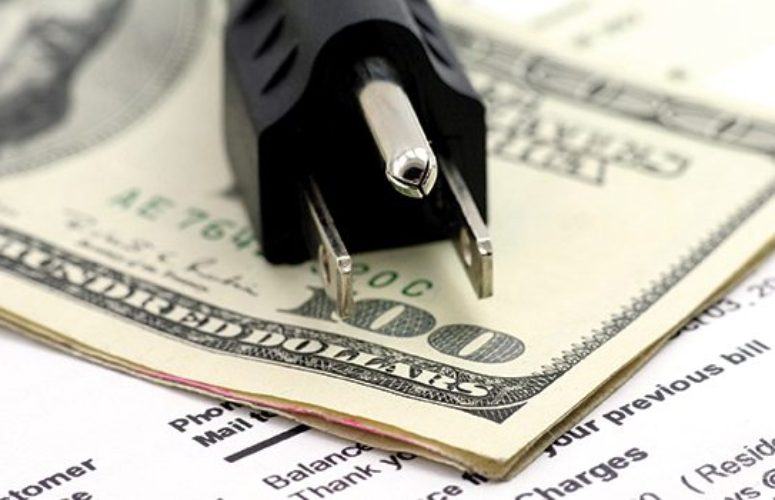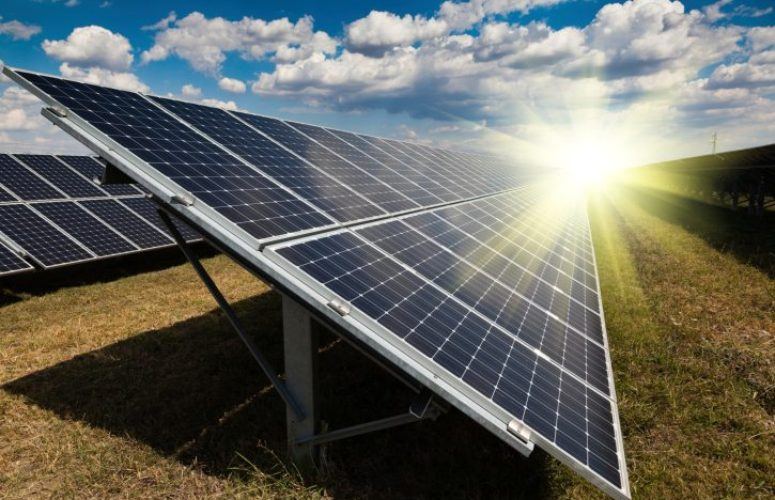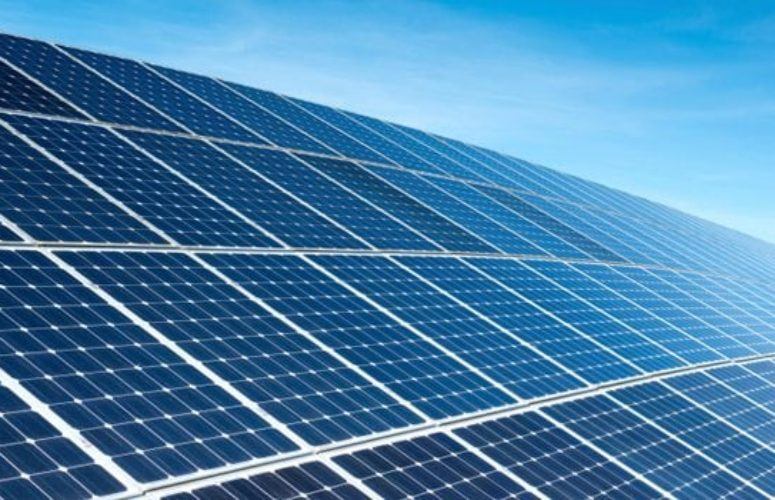
Energy Saving Tips
A variety of solutions are available to reduce your energy bill.
By Colleen O’Dea, Contributing Writer On Feb 15, 2016One of the positive aspects of ever-improving technology is that it’s worth looking into changing or upgrading equipment every few years to reduce energy costs.
LED lighting, more efficient HVAC systems, solar and other technologies that have helped early adopters lower their energy bills, are even more efficient than just a few years ago. Therefore, businesses that may have discounted such equipment as not cost-effective enough – and even those that may have upgraded – should consider looking at these and other ways to operate smarter.
While the cost of some of the more expensive upgrades, like a more efficient HVAC, can take a long time to recoup, there are some steps that businesses can take that are free.
“There is generally no cost associated with securing bids for alternative supply and procurement assessment,” says CJ Peterson, executive director of business development of Diversegy LLC, a subsidiary of Genie Energy. “It’s a no-brainer to review your business’s consumption and rate history with the incumbent utility and/or with an existing supplier. There are no cap-cost requirements and no investments to be made in infrastructure in order to be able to benefit from a negotiated rate.”
“Commercial customers can leverage our immense buying power, industry expertise and relationships with over 30 independent energy suppliers, in an effort to find rate programs and terms to reduce annual commercial energy overhead between 5 and 35 percent,” adds Michael Stein, CEO of Genie Retail Energy Inc.
The least expensive change a business can make to save energy costs is to its lighting. It can account for as much as 30 percent of a facility’s electric expenses “and can be reduced by 60 to 80 percent simply by switching to LED technology,” says Ari Venezia-Zahemski, president/chief financial officer at Vanguard Energy Services, LLC in Randolph.
Incandescent and compact fluorescent bulbs emit light and heat in all directions, but LEDs emit light in a specific direction, which is why they use light and energy more efficiently, according to the US Energy Star program.
Lighting is Just a Starting Point
“After the LED lighting upgrades and retrofits, we definitely are seeing companies wanting to manage their energy waste through monitoring systems and sensors, and, of course, by shopping for the most competitive electric rates available,” Venezia-Zahemski says.
Energy service companies (ESCOs) negotiate energy supply prices and monitor the energy market daily so that clients receive the best possible rates, she continues. Vanguard also provides monitoring systems that remotely track lighting, refrigeration and electric and gas consumption and energy reduction sensors for lighting, climate control, or refrigeration that check daylight, humidity and occupancy to keep systems operating in a way that optimizes efficiency while using the least amount of energy.
Vincent Palmieri, chief operating officer of East Coast Power & Gas, LLC, agrees that switching to an ESCO is a great way to reduce supply costs. A company like East Coast has the ability to offer a fixed rate, which provides protection against price spikes and volatility generated from such events as severe weather, supply disruptions and political events.
According to Palmieri, “ESCOs are part of the free market and forced to operate as lean as they can while finding new ways to innovate and grow their business – all to the benefit of the customer.”
He also suggests that businesses consider upgrading such equipment as thermostats and appliances to become more cost efficient and aware of their usage patterns to save money.
“Remember that electricity at 2 a.m. is usually much cheaper than 3 p.m.,” he says. Any business that is able to shut down for a few hours at a time should look into a demand response program, through which a utility or grid operator pays businesses to not use any electricity during periods of high demand,” Palmieri says. “There is technology available now that will forecast or estimate when these events may occur so a business person can prepare and respond appropriately.”
Upgrading or installing a new HVAC system can make a big difference in energy costs and provide a great return on investment, but the upfront cost can be expensive, particularly for a small business. HVAC systems get more expensive to operate once they have been in service for 15 years. A business can usually achieve payback within seven years, and there may be rebates or other help available.
For example, small businesses located in Urban Enterprise Zones served by Public Service Electric & Gas (PSE&G) are eligible for a Direct Install Program, says spokesman Fran Sullivan. “The terms are so good that companies can typically realize paybacks within three years.
“PSE&G provides a comprehensive energy audit and pays for recommended energy efficiency improvements upfront with the participating company repaying only 30 percent of the total interest free over 36 months,” he says. “The Direct Install Program could help participants cut their energy costs by up to 30 percent, depending on what improvements are made.”
Energy efficient equipment upgrades eligible through the program include lighting retrofits with sensors and controls, refrigeration, motors, HVAC and other site-specific custom projects.
New Jersey has a statewide Clean Energy Program that offers a number of rebates to businesses designed to help them change to energy saving equipment. The state Board of Public Utilities recently designated Applied Energy Group as the sole administrator of that program. The change is designed to streamline program management and make it easier for businesses to apply for assistance. AEG is also charged with preparing a plan to transition the Clean Energy Program from one of rebates and incentives to new market-based programs. At the end of 2015, the state’s Direct Install Program was under review, but the program website indicated it would likely resume early in 2016.
Three of the state’s programs – Direct Install; Prescriptive Programs (which address individualized measures); and Pay-4-Performance (which uses a whole building approach to reduce energy consumption by at least 15 percent with incentives of up to $2 million) – are open to businesses of all sizes. Depending on the specific changes implemented, businesses can save as much as 25 percent on their energy bills.
Rebate programs can come with complicated rules and applications, but small businesses can get help in applying for them from ESCOs.
The renewable energy picture in the state is clearly trending toward solar. Registration of new solar systems in New Jersey’s Solar Renewable Energy Certificate (SREC) market has surged. More than 80 percent of the new registrations are by third-party owners of residential solar systems. These are hosted primarily by residential customers.
Sullivan says more companies are installing solar systems to offset the cost of the electricity they use from the grid. PSE&G has a solar loan program to help businesses finance these systems, which can be expensive. The utility will be accepting loan applications from customers between February 1 and February 15 of this year.
“With the ability to secure rebates and financing to reduce upfront costs, companies can go solar to offset their monthly electricity supply cost and see the added benefits of generating ‘excess’ capacity back into the grid,” Genie’s Stein says. “In addition to these financial benefits, a business may even see social benefits of being a ‘green’ or ‘renewable’ friendly company.”
Economics can influence business owners’ interests in renewable energy, but smart businesspersons want to save as much as they can even when gas and electricity prices are low.
“Low is a relative term, especially where electricity is concerned,” Venezia-Zahemski says. “Our experience is that people are still interested in using less electricity. Our experience is that the prices will also go up again, although how fast and how soon is not clear. I think most people are bracing for that rise in pricing by making all the changes they can now. We are finding that every day, the demand for energy conservation measures that reduce utility costs is growing.”
Since the issuance of the 2011 Energy Master Plan, which was updated this past December, electricity prices in New Jersey for residents and small businesses have fallen; last year (2015) they dropped by about 4 percent. Large and mid-sized business that shop for their electricity have likely seen even steeper price declines. The state has dropped from having the fourth highest electricity cost in the nation to the tenth.
New Jersey’s natural gas prices have also dropped, from 17th highest to fourth lowest in the nation. This decrease has been critical to reducing the cost of electricity and improving the environmental performance of New Jersey’s electric generation. The state’s commitment to promote new electric natural gas generation and the enhancement and expansion of the natural gas transmission and distribution system have helped reduce energy costs.
“While prices have fallen for fossil fuels, renewable projects are still economical and the demand to use a more environmentally friendly power source has not diminished,” Palmieri says.
Trying to predict what will happen to prices in the coming year is more art than science.
“The price of electricity is pegged to the price of petroleum products, and while those stay low, we will continue to see the rates stay stable,” Venezia-Zahemski says. “However, production prices do not take into account the volatility of our current world climate, nor do they take into account the delivery of oil, gas or electricity, which all have their own costs associated with them.”
She says the short-term forecast is for about a 5 percent rise in electricity pricing in the commercial sector in the next few months. Based on historical trends, she says she “would expect that trend of increasing energy costs will continue.”
The state’s updated energy master plan will not likely make much difference for businesses, as it does not change the current goal of having 22.5 percent of the state’s electricity come from renewable sources by 2021, says Sara Bluhm, The New Jersey Business & Industry Association’s (NJBIA) vice president for environment, energy and federal affairs.
New Jersey is working toward its goal, with nearly 15 percent of electricity now coming from renewable sources. Solar accounts for almost 3 percent of the in-state generation mix. The state’s electric energy resources are diverse and clean. New Jersey was recently ranked among the five states with the lowest emissions from electric generation despite being the 22nd largest electricity generating state. This is a result of the state’s current resource mix of nuclear, natural gas and renewables.
Bluhm says NJBIA is doing its part at the state level to reduce energy costs for businesses. Government-imposed taxes and fees make up almost a quarter of commercial and industrial electric bill charges and the association “aggressively” works to lower costs, she says.
“NJBIA was successful in eliminating the Retail Margin Adder, the TEFA surcharge, and participation in RGGI – all of which had increased this percentage of government surcharges and taxes,” Bluhm adds.
Related Articles:





